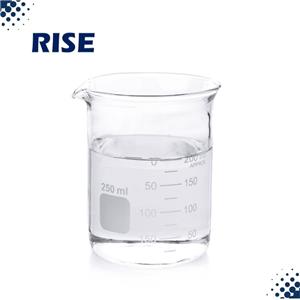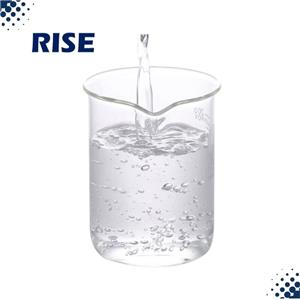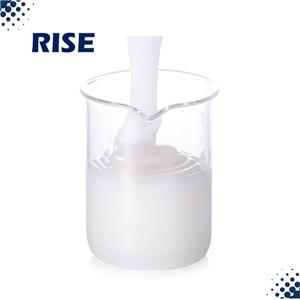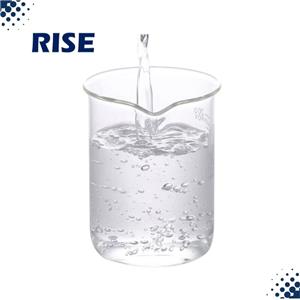How to use defoamer correctly
Foam has a great impact on industrial production, in the production of foam for various reasons need to use defoamer to deal with. In the use of defoamer process may encounter some problems, the following let us on the use of defoamer problem one by one to analyze, find the right way to use.
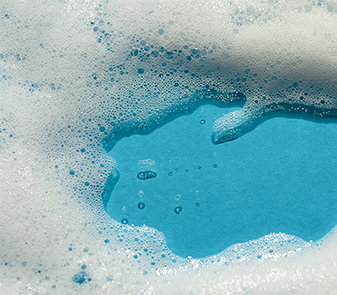
1, DEFOAMER TURBIDITY PROBLEM
The main components of defoamer are generally hydrophobic particles, silicone oil and emulsifier, hydrophobic particles adsorption of silicone oil, so that silicone in the case of as little as possible to achieve the maximum effect. Silicone oil as the main defoaming medium, the surface tension is very small, neither oleophilic nor hydrophilic, suspended in the system, defoamer exists in the middle of the foam wall, the displacement of the oil and water phases to produce the effect of defoaming, and at the same time a small amount of consumption of silicone oil, when the hydrophobic particles of the silicone oil outside of the complete consumption, resulting in the turbidity of the foam system. Therefore, the antifoam agent selected hydrophobic particles, silicone oil, emulsifier dosage and color are different, resulting in a wide range of antifoam agent performance. When the antifoaming agent has good defoaming effect and long foam suppression time, the system will not appear turbid phenomenon.
2, THE DEFOAMER ANTIFOAM FOAM INHIBITION TIME
The nature of silicone oil in antifoam agent determines the foam inhibition time of antifoam agent, the content of silicone oil determines the consumption cycle of antifoam agent in use, the addition of silicone oil is too small will make the antifoam agent's antifoaming performance can't reach the required value, and the addition of too much will affect the performance of the antifoam agent, and at the same time it will reduce the antifoam agent's defoaming property; the size of antifoam agent particles determines the antifoam agent's resistance to filtration, and the particles are too big which may lead to the antifoam agent being easy to be filtered and produce The size of defoamer particle size determines the filtration resistance of defoamer, too large particle size may lead to defoamer easy to be filtered, resulting in oil drifting, which will have an effect on the foam suppression; stirring time is also an important indicator of the defoamer's ability to inhibit foaming, insufficient stirring may result in cloudiness, oil drifting, weakening of the defoaming ability, and shortening of foam suppression.
3, THE FAILURE OF DEFOAMER
Acid and alkali stability; silicone oil can destroy the surface tension of the liquid, to eliminate the effect of foam, if the defoamer poor acid and alkali resistance will lead to the decomposition of silicone oil, resulting in a reduction in the antifoaming ability, or even failure, in the system by adding silicates generally inhibit its decomposition. Antifoaming agent solubility; certain chemical components to make the silicone oil dissolved into the system, so that the antifoaming agent no longer have antifoaming effect, but as a surfactant present in the system, the system foam than not add antifoaming agent when higher.
4、CLASSIFICATION OF DEFOAMER
From the first generation of mineral oil defoamer to the second generation of polyether defoamer, the third generation of silicone defoamer, polyether modified polysiloxane defoamer, defoamer types and application areas are increasing, defoamer performance is also getting better and better.
RISE Chemical has been specializing in the research and development of defoamers for 20 years, and has customized foam solutions for customers in various industries.Feel free to discuss with us about your needs for defoamers!

